Elk Hunting Season Dates: What You Need to Know
Elk hunting, a cherished outdoor pursuit, is a thrilling adventure and an age-old tradition deeply rooted in American culture. The sheer majesty of these magnificent creatures, with their sprawling antlers and commanding presence, has captivated hunters for generations. In this blog, we will cover elk hunting season dates.
However, engaging in elk hunting requires more than just a passion for the sport; it demands knowledge and understanding of various crucial elements. One such vital aspect is being well-informed about elk hunting season dates.
Elk Hunting Defined
Elk hunting can be described as the practice of pursuing and harvesting elk for sustenance, recreation, or conservation purposes. It involves skilled individuals or groups venturing into wilderness areas where elk populations thrive. Elk hunters employ techniques, such as stalking or calling, to approach their quarry strategically.
Once within range, a well-placed shot allows them to harvest the animal ethically and responsibly. Beyond its immediate objective of procuring meat for sustenance, elk hunting encompasses broader objectives contributing to wildlife management and conservation efforts.
Responsible hunters play a critical role in maintaining balanced ecosystems by participating in population control strategies that prevent overpopulation or habitat degradation caused by excessive grazing. Moreover, hunters directly fund wildlife conservation initiatives nationwide through licensing fees and excise taxes on equipment purchases.
Knowing Elk Hunting Season Dates
The significance of knowing precise elk hunting season dates cannot be overstated. These dates reflect specific periods predetermined by state wildlife agencies when it is legal to pursue elk within designated regions. Understanding these temporal boundaries ensures hunters comply with regulations set forth by governing authorities.
Misinterpretation or ignorance regarding hunting seasons can have legal and ethical consequences. Engaging in elk hunting outside designated seasons may lead to hefty fines and potential legal repercussions.
Moreover, disregarding season dates can disrupt ongoing conservation efforts, potentially endangering the long-term sustainability of elk populations and their habitats. Knowing elk hunting season dates also aids in effective trip planning for hunters.
It allows them to appropriately allocate their time, effort, and resources to increase their chances of a successful and fruitful hunt. By aligning their schedules with the optimal periods determined by experts who consider factors such as mating seasons and animal behavior patterns, hunters can maximize their opportunities for a memorable experience.
Overview of Elk Hunting Seasons
Different Seasons in Different States
Elk hunting seasons vary across different states, with each region having specific regulations and dates. Western states such as Colorado, Montana, and Wyoming offer prime elk hunting opportunities due to their vast wilderness areas and robust elk populations.
On the other hand, eastern states like Pennsylvania, Kentucky, and Tennessee also provide ample hunting opportunities for those residing in more populated regions. Understanding the variation in hunting seasons is crucial for hunters looking to plan their trips effectively.
Variation in Season Lengths and Bag Limits
Elk hunting seasons can be further categorized into archery and rifle seasons, each with rules and regulations. Archery season typically precedes rifle season and allows hunters to use bows or crossbows instead of firearms.
This period gives enthusiasts a chance to test their skills in a more traditional method of hunting. Rifle season follows archery season and offers hunters the advantage of longer-range shots.
The length of both archery and rifle seasons varies depending on the state. For instance, Colorado’s archery season generally spans from September to late October or early November, while Montana’s lasts from early September to mid-October.
Rifle seasons are often divided into multiple periods within each state. Colorado offers four distinct rifle seasons: late October to early November (First Rifle Season), mid-November (Second Rifle Season), late November to early December (Third Rifle Season), and late November to early December (Fourth Rifle Season).
In contrast, Montana has a general rifle hunt from mid-October to late November and a special permit hunt from late September to early October.
Archery Season vs. Rifle Season
Archery season caters to those seeking a more challenging experience by requiring them to be closer to the elusive elk before taking a shot. It demands patience, precision, and a deep understanding of the animal’s behavior.
In contrast, rifle season allows hunters to engage elk from much greater distances due to the increased accuracy and range of firearms. This gives rifle hunters an advantage in terms of bagging their desired game. Season lengths and bag limits can also vary between archery and rifle seasons.
While archery seasons tend to be longer, allowing for more hunting days, some states impose stricter bag limits during this period.
Rifle seasons typically have shorter durations but may grant larger bag limits due to increased hunting efficiency. Understanding these variations in season lengths and regulations is essential for planning a successful elk hunting trip.
Whether one prefers the thrill and challenge of archery or the precision offered by rifles, knowing when and where to hunt can make all the difference in having a fruitful experience in pursuing this majestic species.
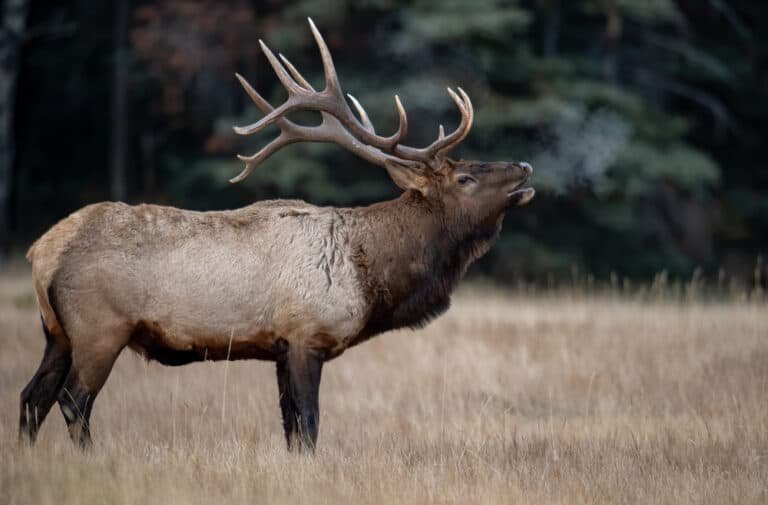
Western States Elk Hunting Seasons Overview
Colorado Elk Hunting: Seasonal Insights
Archery Season: September to late October or early November. This season emphasizes precision, stealth, and patience, with each arrow symbolizing a dance between hunter and elk.
Rifle Seasons: Late October to early November is the first rifle season, ideal for those targeting bull elks in the mating phase. Mid-November unveils the second rifle season, presenting an epic backdrop for tracking elusive herds. The third season is from late November to early December, with experienced hunters braving cold terrains. Before winter takes over, the fourth and final rifle season welcomes all – newcomers and veterans.
Montana Elk Hunting: A Mesmerizing Journey
-
Archery Season: Starting early September until mid-October, Montana’s archery season offers a unique connection to nature. Arrows fly, capturing the essence of the age-old bond between man and wilderness.
-
Rifle Season: From mid-October to late November, rifle hunters traverse gold-laden mountains, tapping into their experience to secure their prized elk.
-
Special Permit Hunt: An exclusive event from late September to early October, granting a select few access to prime elk habitats.
Both Colorado and Montana provide exhilarating elk hunting seasons. They offer diverse experiences for those yearning to bond with nature and celebrate a deep-rooted passion for hunting.
Eastern States Elk Hunting Seasons Overview
Pennsylvania Elk Hunting: Engaging Experiences
-
Archery Season: From early September until mid-November, Pennsylvania invites bowhunters to enjoy the vibrant autumn while chasing elks.
-
Firearms Season: Mid-November to late December intensifies the hunt. Firearms promise precision and wider reach, making it a popular choice.
Kentucky Elk Hunting: Extended Adventures
-
Archery Season: From early September to mid-January, Kentucky gives bowhunters ample time to perfect their craft amidst breathtaking sceneries.
-
Firearms Season: Starting mid-September to late December, Kentucky offers another chance for hunters to pursue elks using firearms.
Pennsylvania and Kentucky have designed their elk hunting seasons to cater to diverse preferences while focusing on conservation and sustainable practices.
In conclusion, opportunities abound for novice and seasoned elk hunters, whether exploring the Wyou states like Colorado and Montana or venturing into the Eastern terrains of Pennsylvania and Kentucky. Engaging in these hunts pays tribute to our ancestral bond with wildlife and provides a profound connection with nature’s splendor.



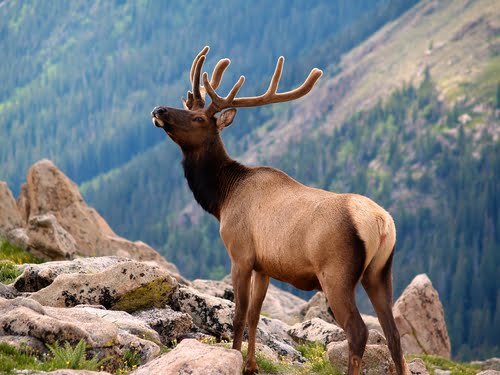
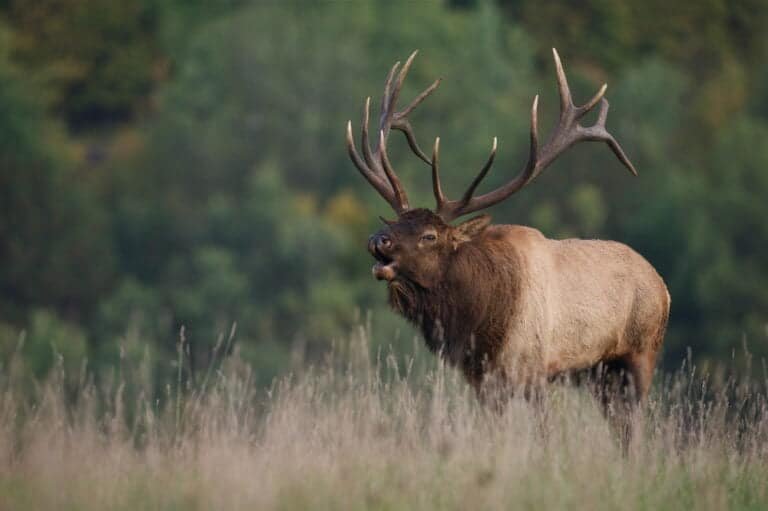
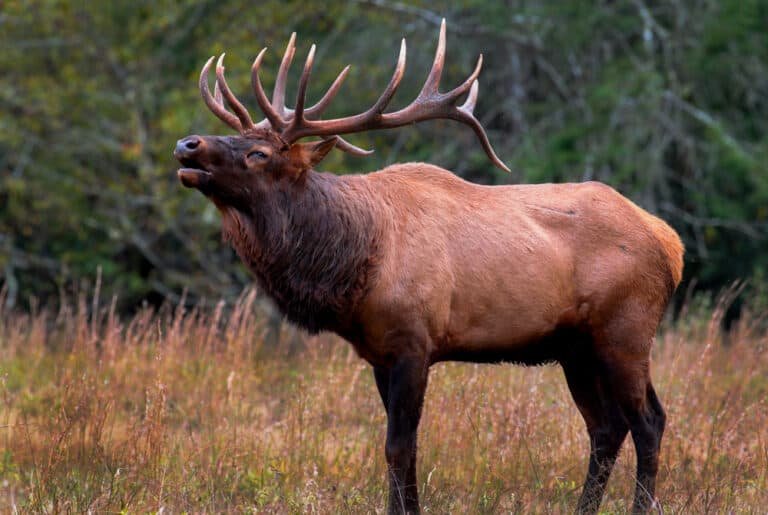
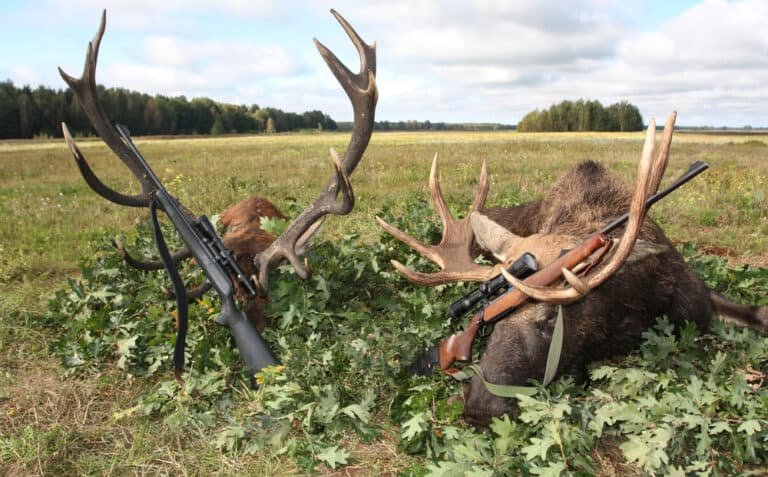
I was examining some of your blog posts on this site and I believe this site is very informative!
Keep on putting up.Raise blog range